Horizontal vs. Vertical Wall Cracks: What They Mean
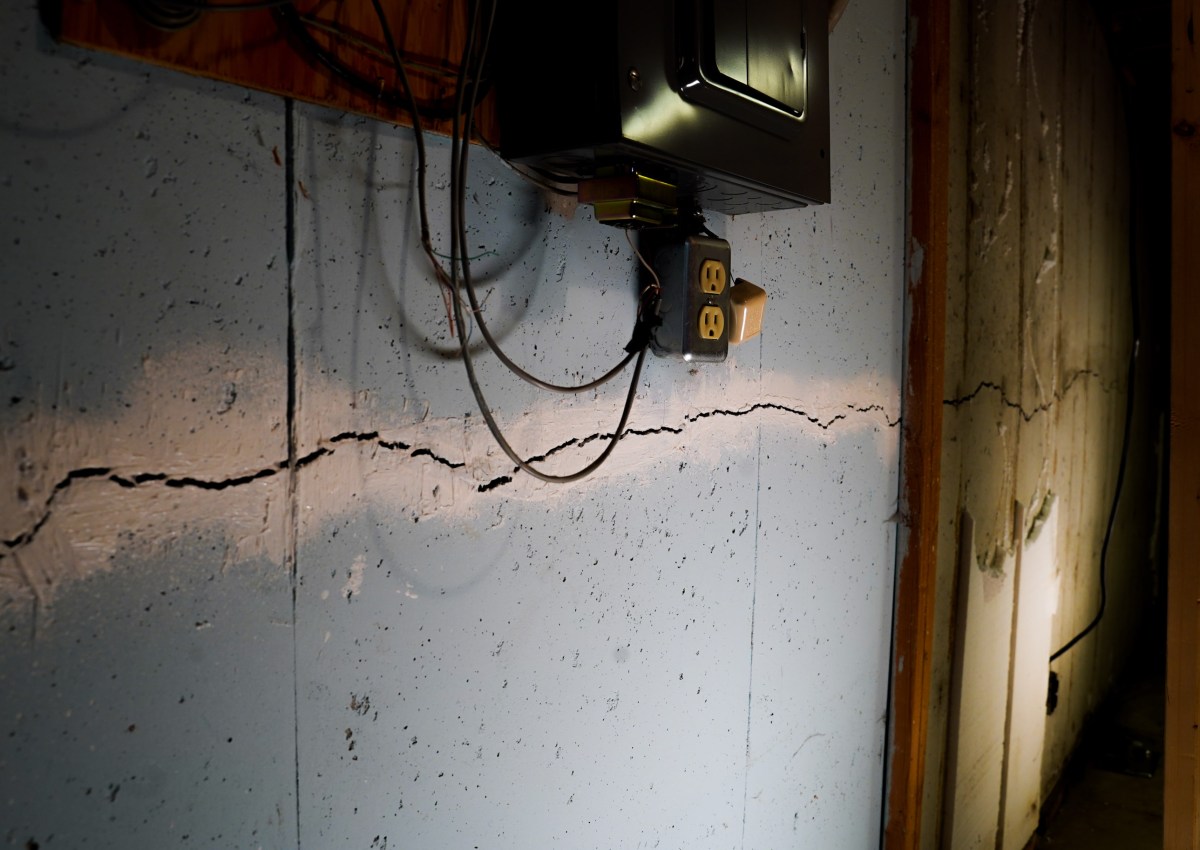
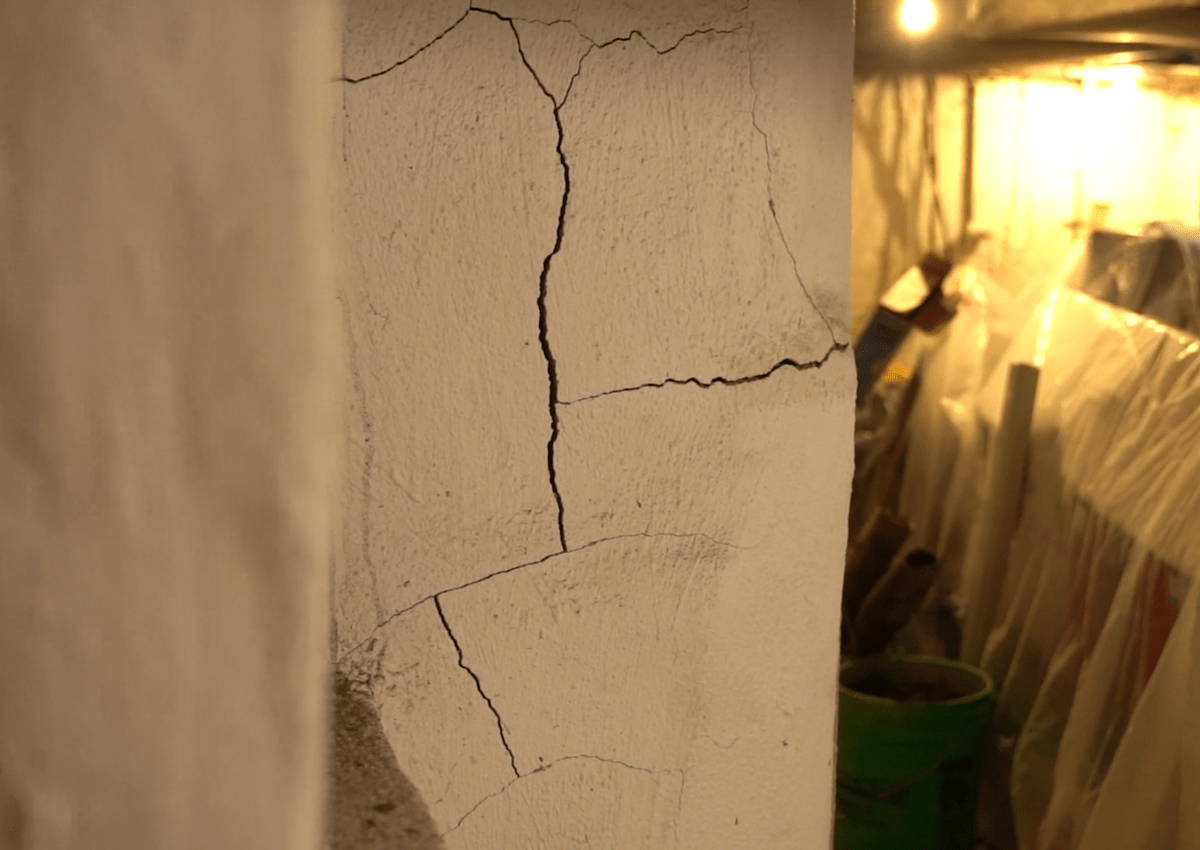
Cracks in your foundation walls can be alarming, but understanding what they mean can help you address the problem effectively. In Canada, the unique weather conditions and soil types can significantly impact your home’s foundation.
This blog will help you understand the difference between horizontal and vertical wall cracks and what they might indicate about your home’s foundation.
Understanding Wall Cracks
Cracks in foundation walls can appear in various forms. The most common types are horizontal and vertical cracks. Each type of crack can indicate different issues with your foundation.
Horizontal Wall Cracks
Horizontal cracks run parallel to the ground and can be a sign of serious foundation problems. These cracks are often caused by:
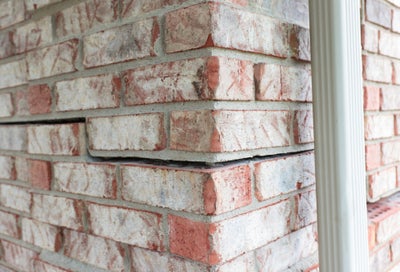
- Soil Pressure: In Canada, the soil can expand and contract with changes in moisture levels and temperature. This movement can exert pressure on your foundation walls, leading to horizontal cracks.
- Frost Heave: The freezing and thawing cycle common in Canadian winters can cause the soil to push against foundation walls, resulting in horizontal cracks.
- Hydrostatic Pressure: Excess water in the soil can create pressure against your foundation walls, causing them to crack horizontally.
What They Mean: Horizontal cracks are usually more serious than vertical cracks. They often indicate that the structural integrity of your foundation is compromised. If you notice horizontal cracks, it’s important to contact a foundation repair specialist as soon as possible.
Vertical Wall Cracks
Vertical cracks run up and down and are generally less severe than horizontal cracks. These cracks can be caused by:

- Concrete Shrinkage: As concrete cures and dries, it can shrink slightly, leading to vertical cracks. This is a common occurrence and often not a major concern.
- Settlement: New homes or homes built on unstable soil may experience settling, which can cause vertical cracks in the foundation walls.
- Temperature Changes: In Canada, the significant temperature fluctuations can cause the foundation to expand and contract, leading to vertical cracks.
What They Mean: While vertical cracks are often less serious, they can still allow water to seep into your basement, leading to moisture problems. It’s important to monitor these cracks and seal them if necessary to prevent water damage.
Tips for Addressing Foundation Cracks
Ignoring foundation cracks can lead to more significant problems over time. Here are some steps to take if you notice cracks in your foundation walls:
Inspect Regularly
- Check your foundation walls regularly for new or expanding cracks.
- Note the size and direction of any cracks you find.
Maintain Proper Drainage
- Ensure that your gutters and downspouts are directing water away from your foundation.
- Make sure the ground around your home slopes away from the foundation to prevent water accumulation.
Consult a Professional
- If you notice horizontal cracks or large vertical cracks, contact a foundation repair specialist immediately.
- A professional can assess the severity of the cracks and recommend the best course of action.
5 Best Solutions for Wall Cracks
Depending on the type and severity of the cracks, different repair methods may be used. Here are some of the most common solutions:
1. Foundation Piers
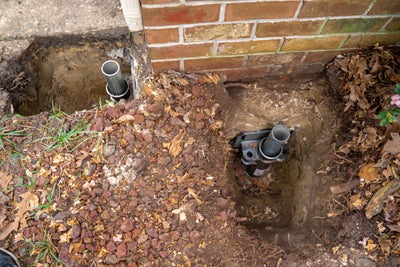
Foundation piers help support and stabilize a building’s foundation, especially if it has settled or shifted. First, workers dig around the foundation to expose the base.
Then, they place the piers at key points where the foundation is most unstable. Depending on the type of pier, they either drive or drill them into the ground.
After the piers reach stable soil, hydraulic jacks transfer the building’s weight from the unstable soil to the piers, lifting or stabilizing the foundation. Finally, the piers are secured with brackets, and the holes are filled back in, leaving the foundation strong and supported.
There are three main types of foundation piers we use at Groundworks. Here’s an overview of each:
- Slab Piers: These are used to stabilize and lift sunken concrete slabs. Slab piers are driven deep into the ground to reach stable soil or bedrock, providing a solid support for the foundation.
- Push Piers: Push piers are steel tubes that are driven into the ground until they reach stable soil. They are typically used for homes experiencing settlement issues and can lift the foundation back to its original level.
- Helical Piers: Helical piers are screwed into the ground like giant screws. They are ideal for both light and heavy structures and can be used in a variety of soil conditions to stabilize foundations and prevent further settlement.
2. Steel I-Beams
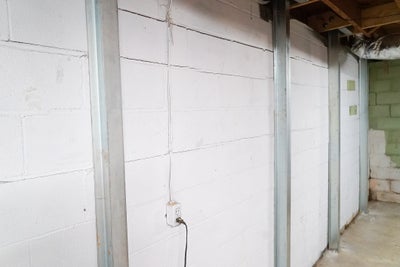
Steel I-beams, also known as steel braces, are used to reinforce and stabilize bowing foundation walls. These beams are installed vertically along the wall and anchored at the top and bottom to provide additional support and prevent further movement.
3. Wall Anchors

Wall anchors are designed to stabilize and straighten foundation walls that have begun to bow or lean inward. The anchors are installed in the ground outside the foundation and connected to steel plates on the interior wall. This system provides lateral stability and can help pull the wall back into its original position over time.
4. Carbon Fiber Reinforcement
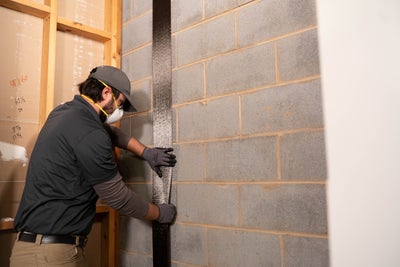
Carbon fiber straps are a high-strength solution for reinforcing and stabilizing foundation walls with minor cracks or bowing. The straps are applied directly to the wall and bonded with a strong epoxy, providing additional support and preventing further cracking or movement.
5. Crawl Space Support Posts
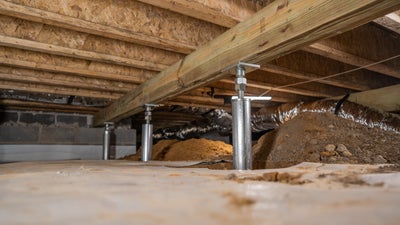
Crawl space support posts, also known as adjustable steel piers, are used to stabilize and level floors above crawl spaces. These posts can be adjusted to provide the necessary support and prevent sagging or uneven floors caused by foundation issues.
Work With Groundworks to Repair Wall Cracks

Understanding the difference between horizontal and vertical wall cracks is crucial for maintaining your home’s foundation. In Canada, our unique weather conditions and soil types can make foundation issues worse, which is why repairing wall cracks as soon as possible is important.
Regular inspections, proper drainage, and consulting with a foundation repair specialist can help you keep your home safe and secure. If you have any concerns about your foundation, don’t hesitate to contact Groundworks for a free inspection and expert repair solutions.
Wall Crack FAQs
Minor cracks can sometimes be sealed with DIY products, but they usually don’t last. It’s best to have a professional evaluate the cracks and provide a lasting fix.
Homeowners’ insurance usually doesn’t cover damage from settling or shifting soil but may cover foundation repairs if caused by specific events like flooding or earthquakes.
The cost varies depending on the severity of the damage and the chosen repair method, but it can be anywhere between a few hundred to several thousand dollars. With a free inspection from Groundworks, you can get an accurate quote for your specific situation.